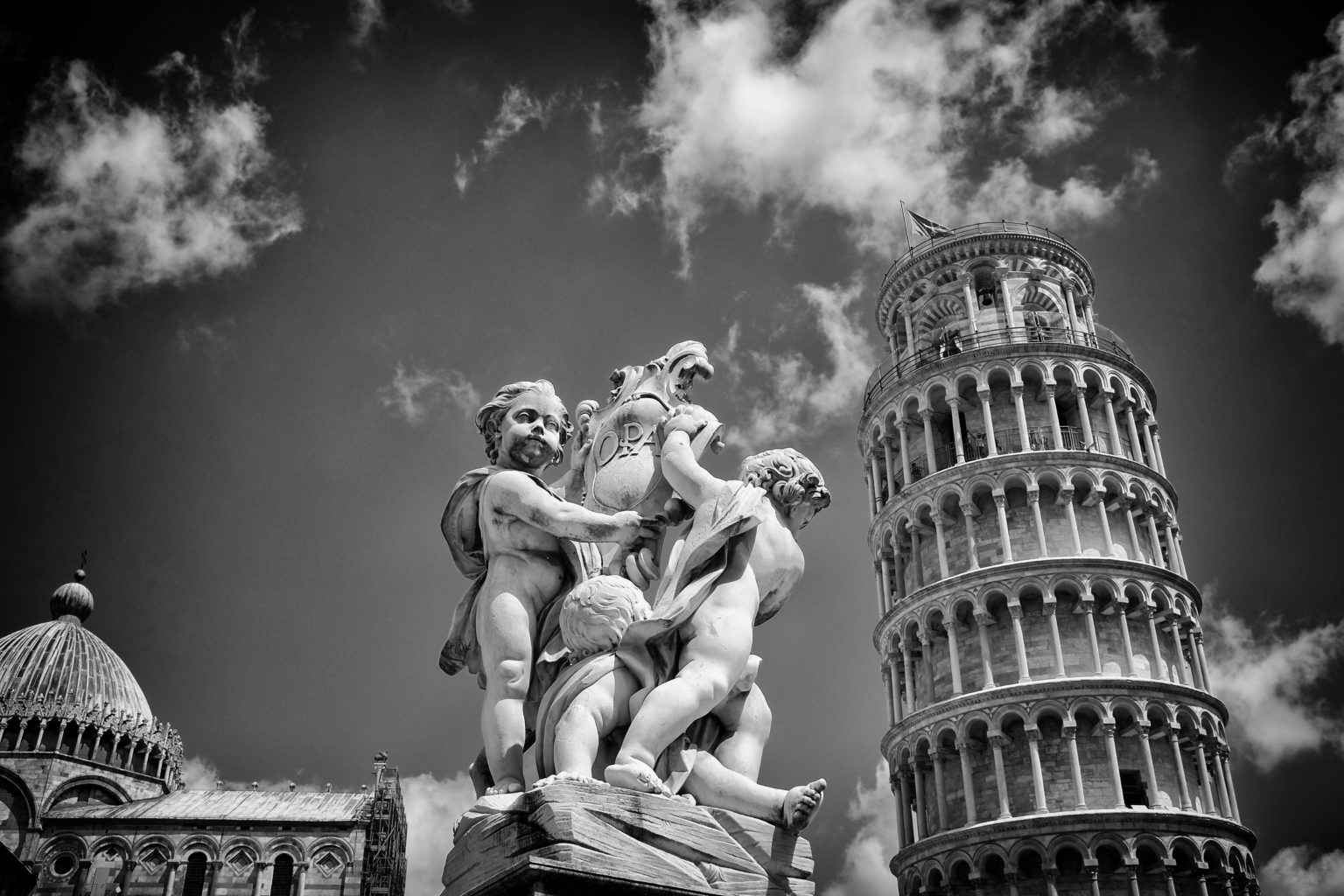At the end of the third quarter, Europe risks are rising again with Italy’s constitutional referendum, a wobbly pound, and the resumed IMF-EU tug-of-war over Greek debt forgiveness. The danger level in the Middle East is up as well following the collapse of another Syrian cease-fire and dramatic downturn in US-Russia relations.
At the beginning of every year, analysts compile their risk outlooks, for investors and policy makers: the World Economic Forum’s Global Risks Report, political risk consultancy Eurasia Group, the Council on Foreign Relations Preventive Priorities survey, the Economist Intelligence Unit’s Global Forecasting Unit, and many others, each with its own perspective.
With so many different approaches, it can be hard to tell what’s most important. That’s why I combine and filter them, much as the site FiveThirtyEight does for poll results in order to provide a more comprehensive view than any individual ranking (or poll) can do on its own.
As events unfold throughout the year, sometimes extremely quickly, one a year just isn’t enough for a regular review of the global risks to geopolitical security, markets, and business outlooks. So I like to take a regular temperature check of where we are and where things are (or might be) going. I provided a mid-year review on Seeking Alpha.
We are now in the often volatile last quarter of the year. Many events have shifted the outlook in 2016: the Brexit vote, the progression of the U.S. presidential election campaign, yet another failed ceasefire in Syria and the escalation of US-Russia tensions.
Now, as the year’s end approaches, here’s another quick update of the Top Global Gray Rhinos of 2016, listed here in order of importance, based on the frequency and rank of their mentions in the first quarter, and what to look for through year’s end:
1) Deepening fractures within the European Union: Rising
These risks have risen sharply in 2016, with not much progress evident that policy makers have been dealing with them effectively, but copious evidence of rising acrimony and uncertainty.
- Brexit: There are two possible directions here. The break could be the crisis that would be a terrible thing to waste, and push European leaders to make badly needed changes. More likely, they will keep muddling, raising the costs of the flaws in the system and pushing the region toward either a two-track euro with distinct currencies for stronger or weaker currencies or a much messier reconfiguration. The British pound recently collapsed in currency markets on the growing likelihood of a “hard” exit from the EU and a rejection of key tenets of the common European project.
- Taken at face value, Italy’s December 4th constitutional referendum is about whether or not to give the government more power; but in reality, voters will sit in judgement over how good a job Prime Minister Matteo Renzi has done since taking office in 2014. A teetering banking system hangs in the balance, along with political stability at a crucial time for the economy and for the entire EU.
- The International Monetary Fund will decide by year-end whether it will fund the next stage of the international aid package for Greece. The IMF has repeatedly -and correctly- pressured European creditors to grant the country debt relief.
- Attacks in Germany, Italy, France, Belgium and Turkey over the summer have kept terrorism fears at the forefront of public sentiment, feeding rising populist euro-skeptics on the left and the right in Netherlands, France, and elsewhere. Even though the flow of refugees has slowed, sentiment against them remains hard.
2) Financial market liquidity shocks: Rising
Years of low interest rates have driven securities markets to dizzying highs unsupported by economic fundamentals. The longer the US Federal Reserve waits to raise interest rates, the harder markets will fall. Any number of political or economic shocks have the potential to send stocks falling dramatically. Take your pick: a “No” vote in Italy’s referendum, renewed Greek drama, further oil market volatility, corporate bankruptcies, or wobbles in confidence about China’s ability to manage its internal debts or its currency.
3) U.S. political instability and rising nationalist populism: Rising
Political risks have risen over the course of 2016 as inflammatory speech has become the new norm. A backlash against Donald Trump, whose campaign and possible electoral victory the Economist Intelligence Unit cited last spring as being among its top ten risks, has dramatically decreased his chances of winning the November 8 election but intensified the ugly political climate. The Democratic Party appears to be healing its rifts after a bitter nomination campaign, but the Republican Party is in dire straits. Will moderate Republicans succeed in taking back their party from the populist fringe? Or will the party splinter? We’ll have a better idea November 8 of who the new president and what the new configuration of Congress will be, and whether the new president and elected officials will be able to constructively address festering economic and racial tensions.
4) Climate change: Stable
On the downside, greenhouse gases in September permanently surpassed the dangerous 400pm threshold, increasing risks related to extreme weather, water scarcity, food insecurity, energy market volatility, and supply chain risks. On the positive side, however, action to combat climate change is accelerating. On October 4th the EU ratified the Paris accord, reaching the critical mass that allows it to take effect November 4th and accelerate efforts to cut greenhouse gas emissions.
5) Middle East instability: Rising
Risks appeared to go down over the summer as the United States and Russia brokered a new cease-fire in Syria and appeared to have come to an understanding that allowed them to cooperate in calming that country’s civil war. But alas, hope was merely fleeting. As the cease-fire and partnership broke down, the odds of solving that Gordian knot went down, and the risk of a further break-down in U.S.-Russia relations has risen. Terrorist attacks in Turkey were followed by a coup attempt and crackdown in Turkey and accusations that the United States had been involved. Though energy prices are relatively stable and Middle Eastern nations have recognized the need to become less dependent on oil, budget pressures continue to weigh on governments that depend heavily on oil export revenues.
Should any one of these gray rhino risks erupt, nobody -no investor, no policy maker, no reasonably informed individual- can honestly say that nobody saw it coming.
- Gray Rhino Risks and Responses to Watch in 2024 - January 10, 2024
- Chapter Zero Italy: Assessing Long-term Climate Impact Scenarios - August 8, 2023
- Banking Crisis Part II: Some Obvious Lessons that Bear Repeating - March 24, 2023


